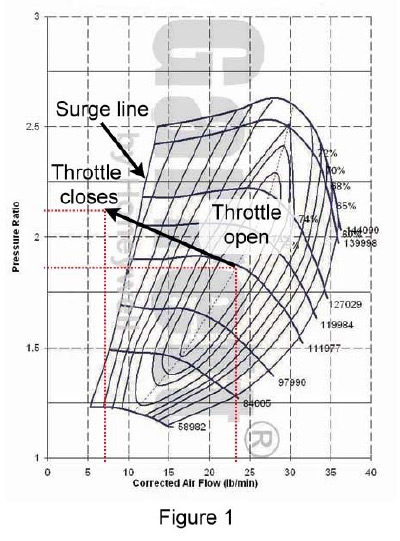First of all, let’s get the terminology straight. Compressor surge often goes by many other names (usually in reference to the distinct sound made when surge occurs) such as turkey, pigeon, dove, dose, wastegate chatter, sequential Blow Off Valve and undoubtedly many others I am not aware of or have yet to be invented!
Whilst I can’t argue that compressor surge noise does share a similarity to the noise made by certain avian species, the remainder of these names are either misleading or flat out incorrect. For example:




